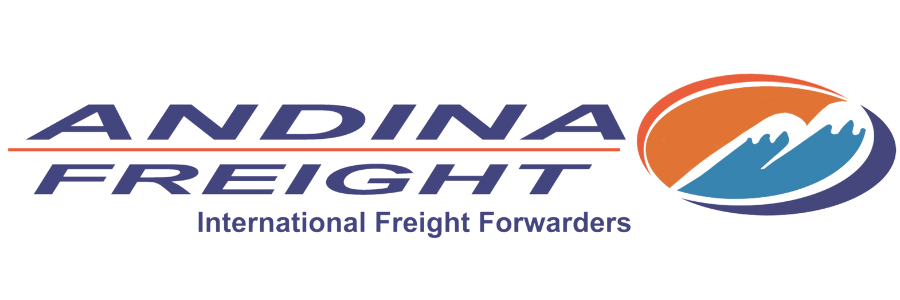Date: February 10
TPE completed the expansion and reinforcement works of the breakwater pier of the Paita Port Terminal. Now, its operator is preparing for new investments in order to promote an expanded port network together with the future Chancay terminal.
In line with the growth of agribusiness in northern Peru, the Paita Port Terminal has been increasing its operations. Now, the concessionaire Terminales Portuarios Euroandinos (TPE) has just completed the expansion and reinforcement of the breakwater pier, incorporating greater annual cargo capacity. Its general manager, Manuel Martínez, reveals to Gestión the following projects in this port infrastructure.
How long did the project take and what investment did it require?These works required an investment of US$ 16.4 million. The work began on December 13, 2021 and was executed in approximately 10 months. It was officially received by the National Port Authority on January 15, 2023.
What is the impact on the port's operating capacity after these works? The impact of the work is a 75% increase in displacement absorption and a 10% increase in the bearing capacity of the pier, which translates into the possibility of receiving larger ships on the southern edge of the breakwater pier.
Do you aspire to move volumes from other areas beyond northern Peru? Our area of influence is constantly changing and is closely linked to the supply of maritime services. The reinforcement is a way of giving better conditions to shipping lines to offer their services from Paita.
Are the works part of the investment commitments of the concession or has it been an additional initiative? The work is part of stage 3 of the concession contract. It is a mandatory investment that is complemented by the purchase of dock equipment for loading and unloading vessels. In 2021, works have been carried out at the container dock, which were additional for US$ 10 million. This work was the expansion of 60 meters of the container dock, which today allows us to serve ships of the same size as the operators in the main ports on the west coast of South America.
New investments and projects
Within the framework of the concession, are new investments in the terminal coming up? In the following months of 2023 we will be starting the work to expand land access. In the second quarter, we will receive the third gantry crane at the container dock, two electric RTG-type yard cranes that will help reduce our carbon footprint, and six trucks for internal transfers, among other investments.
What are the projects for the following year? By 2024, we are thinking about expanding the tapping capacity for refrigerated containers (today we are the terminal with the largest number of tappings in Peru). In addition, we will continue to invest in the implementation of digitization and process automation, as well as in projects related to improving energy efficiency.
Are there regulatory or contractual barriers to investment? How do you hope to overcome them? There are improvements regarding the mandatory nature of investment works that can be considered. In other words, 13 years of concession have already elapsed and the original investment commitments must be reconsidered and adapted to the current needs of all stakeholders. This is why addendums exist and that is precisely why we are working.
Operation
What is the balance of cargo tons in the terminal in 2022 and what is the projection for 2023? The port of Paita was affected more by the post-pandemic supply chain crisis than by the pandemic lockdown period itself. The war in Europe also had a significant impact on other charges. For these reasons, in 2021 we were affected by the movement of containers with almost no growth, which recovered in 2022 with an increase of more than 6%. The problems in the supply chain and the consequent container crisis are entering a stage of sustained normalization, which allows us to envision scenarios similar to those prior to the pandemic.
Will the terminal continue to focus on the movement of agricultural export cargo? The agricultural export load has had a sustained growth since the beginning of the concession and is the main vector of our investments. We believe that the great opportunity for growth comes from the import side, both for inputs for the agricultural sector and for consumption in the northern region of the country. This could help reduce the logistics cost of consumer products, as well as exports by generating greater availability of empty containers in the area.
Have you been working on facilities to move other types of products? Regarding other cargoes, we have been working on adapting processes for shipping other products such as phosphate rock. The reinforcement of the breakwater wharf also responds to these new requirements.
The concession
Has the company planned to request an extension of the concession based on the investments that need to be made or is this not an alternative seen to date? At the moment the laws do not allow port concessions to be extended by more than 30 years. TPE is working to meet the mandatory investment commitments in 2023 and complete stage IV of additional investments for US$ 100 million before 2029. This stage is already more than 50% complete.
How do you see the operation of the Paita terminal after the future commissioning of the Chancay terminal? With the latest investments, TPE will have the versatility of being a port that allows direct connections with the main markets in Peru, as well as being a port that can work in addition to an expanded port network, which will include the port of Chancay.
What improvements or strategies do you foresee to maintain your position? We will continue working on improvements to the infrastructure and nautical accessibility to generate this versatility in the maritime lines, and in turn work hand in hand with the logistics community of our area of influence, so that the processes of the chain are perfected and follow us. preferentially choosing
Source: Gestión


